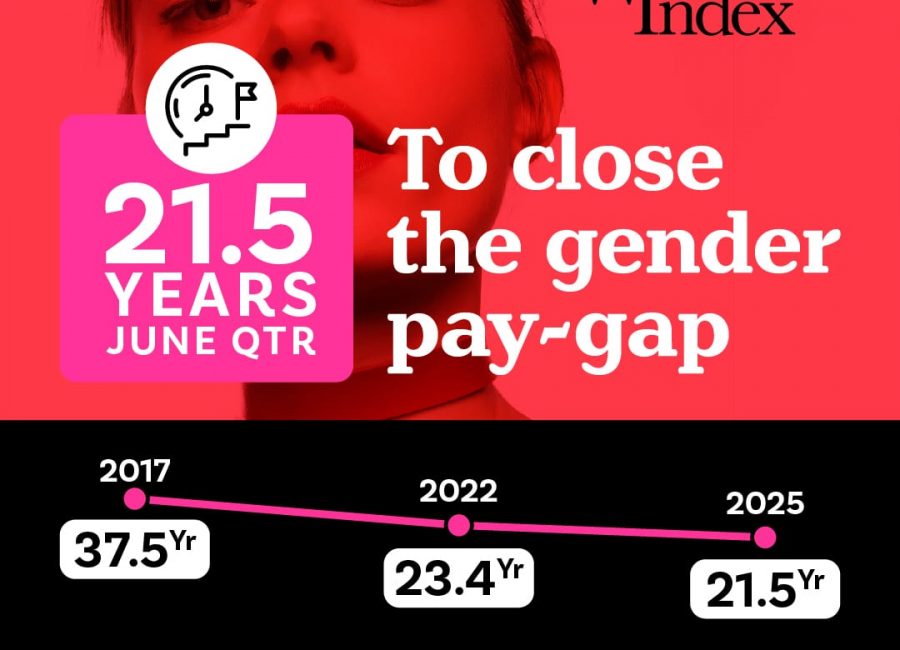In a historic move, the RBA cut the official cash rate to 1.75 per cent from 2 per cent on Tuesday, as it tries to stimulate spending activity among households and businesses in a weak economic environment.
The RBA’s cash rate is the interest rate charged on overnight loans in the money market and essentially reflects the cost of borrowing money for the banks. The banks are not required to follow suit each time the RBA moves rates, but usually choose to, or succumb to competition pressures from customers.
So far National Australia Bank has said it will pass on the full 25 percentage point cut in full, which means people on variable rate loans with NAB should soon see some mortgage relief.
The last time the RBA cut rates was 12 months ago but back then a staggering 60 per cent of lenders, including NAB, Commonwealth Bank and Westpac, chose to limit how much they passed onto their customers.
Australia and New Zealand Banking Group was the only major bank at the time to pass on the full rate cut and escape media heat.
“Even a small reduction on your home loan rate can save you thousands of dollars,” said Bessie Hassan of financial product comparison website finder.com.au.
“Based on the average national home loan size of $357,200, a 0.20 per cent reduction from the average standard variable rate of 5.12 per cent to 4.92 per cent could save you approximately $500 per year or over $15,000 over the life of your loan.
“A 0.50 per cent discount, to 4.62 per cent, could pocket you $1,300 per year, or $39,000 over the life of your loan. Simply put, the savings are extensive.”
With competition among lenders likely to heat up because of the RBA’s move, this puts borrowers in a good position to negotiate better rates and discounts on existing debt.
Some banks have even been willing to waiver annual fees which can be up to $600 a year just to keep their customers happy, so it is well worth asking, and even threatening to get your walking boots on if you don’t get what you want.












